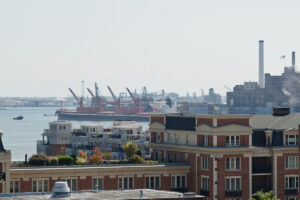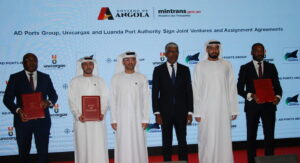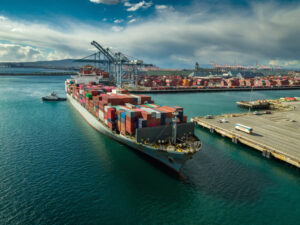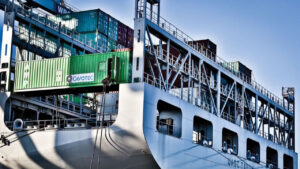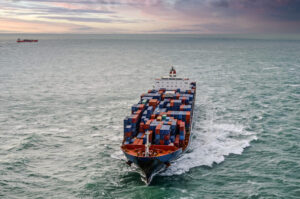The Port of Tallinn is Estonia’s largest port authority. It is one of the Baltic Sea’s biggest port companies, taking into consideration both cargo and passenger traffic.
The Ports’ strategic goal is to develop the competitiveness of Estonia as a maritime country.
The port is listed on Nasdaq Tallinn Stock Exchange since June 2018. Shareholders include: 67% Republic of Estonia and 33% Investment funds, pension funds, private investors.
Cargo Handling
The harbours of the port can process all kinds of goods and commodities – solid and liquid bulk goods, general cargo as well as the container and rolling stock cargo (Ro-Ro goods).
The port handles containers at the Muuga Harbour and at the Paldiski South Harbour. The Muuga Harbour Free Zone hosts the most state of the art container terminal in the Baltic States region with the capacity of 700,000 TEU per year.

The Muuga Harbor, navigable throughout the year without the need for ice breakers and its container terminals, is located in the free economic zone, where the 230,000 square meters of indoor storage room located in and adjacent to the terminal makes handling of containers extremely easier. There is also an industrial park in the free zone, enabling distribution centers to be developed in a large region of 76 ha (0.2934 square miles).
The harbor is well incorporated with the rail and highway networks to ensure container transport is smooth and uninterrupted.
Containers are loaded and unloaded at Paldiski South Harbor, a well-known Ro-Ro harbor, with a mobile crane with a lifting capability of up to 100 tonnes. This allows for more efficient and flexible service to Con-Ro ships. A significant amount of containers are also transferred through Paldiski South Harbor, they are transferred on roller trailers and cassettes by Ro-Ro vessels.
Port of Tallinn in Estonia has announced that in the next two months the first stage of the upgraded D-terminal will be operational.


